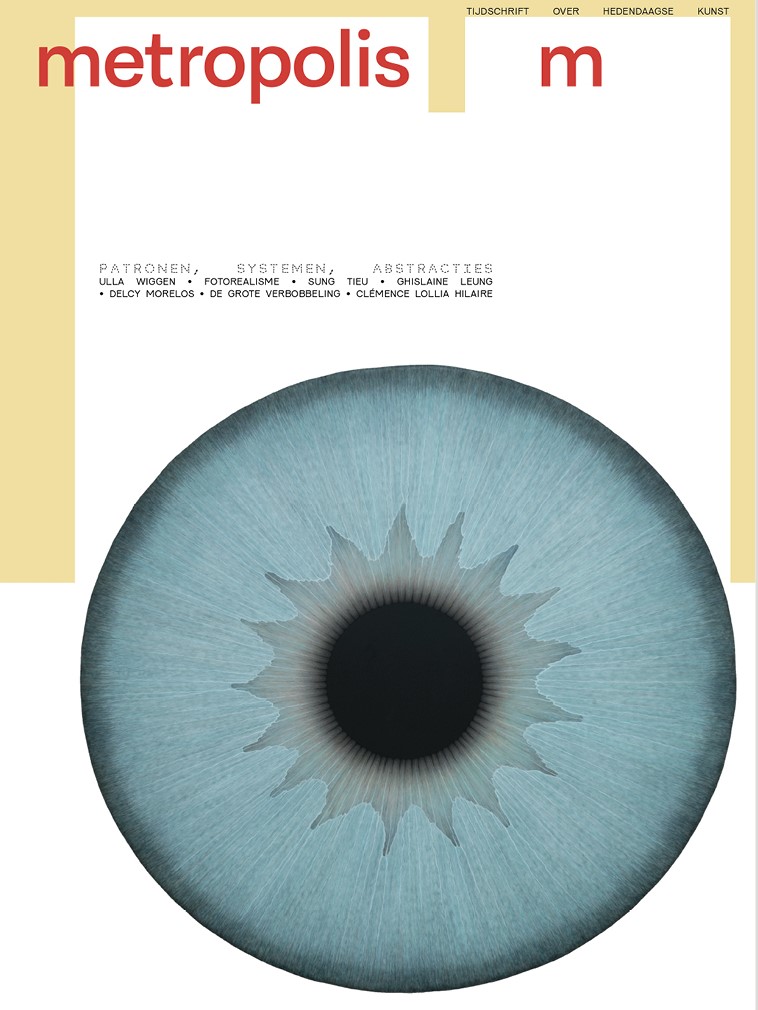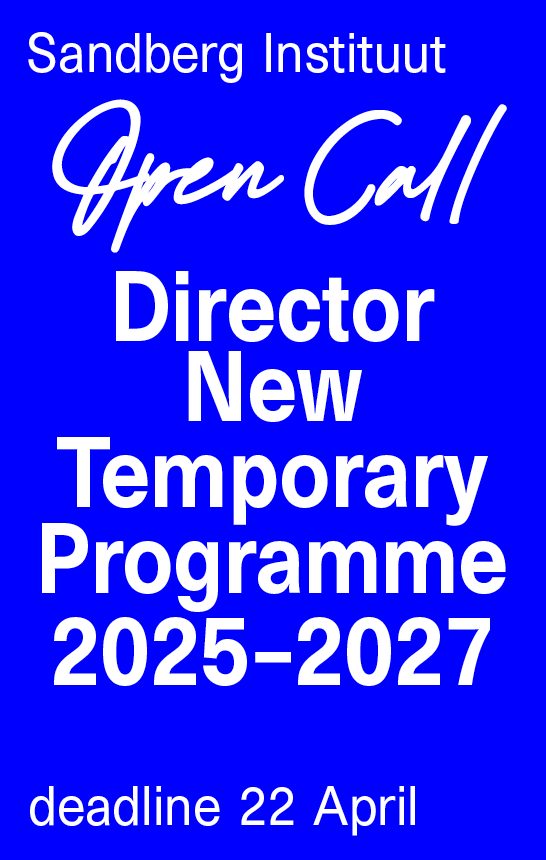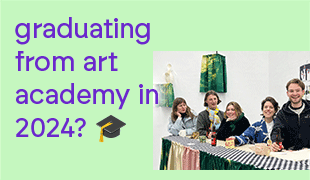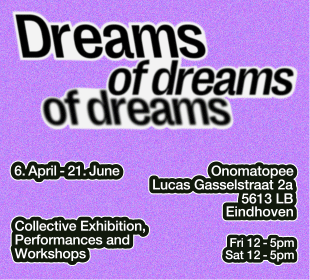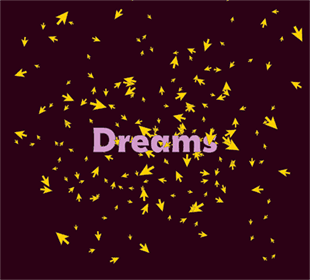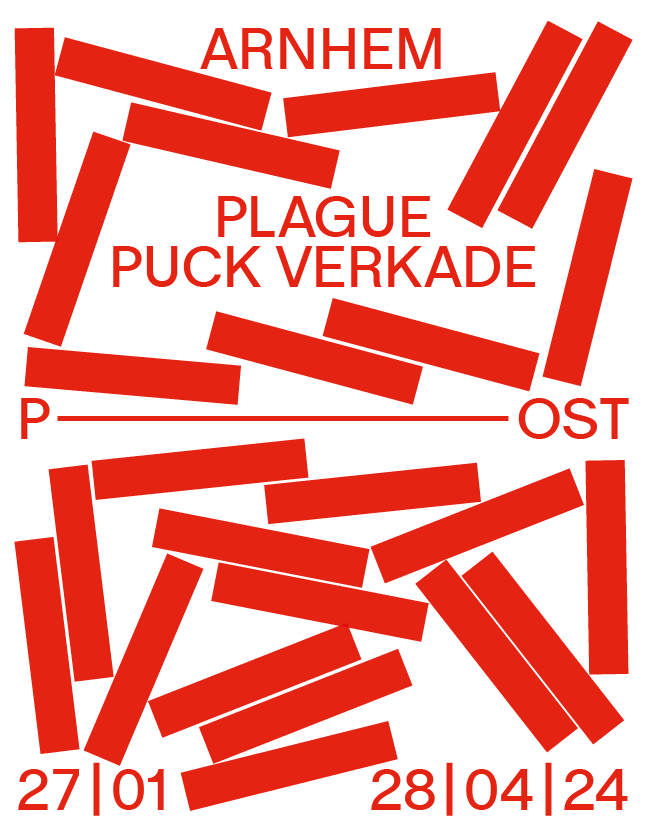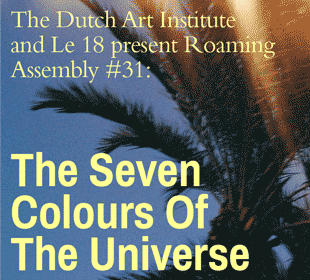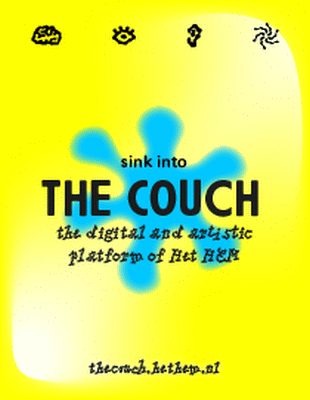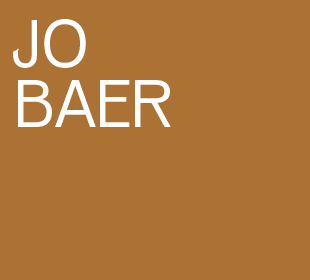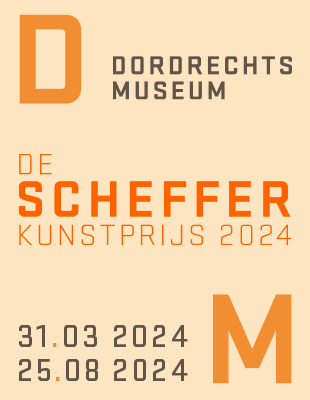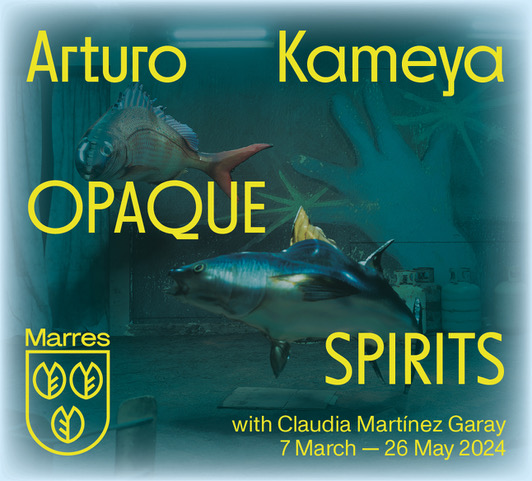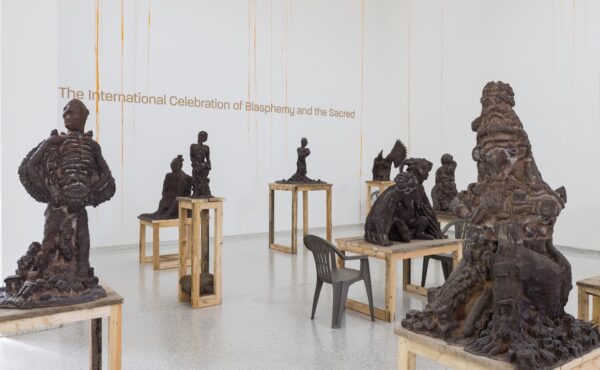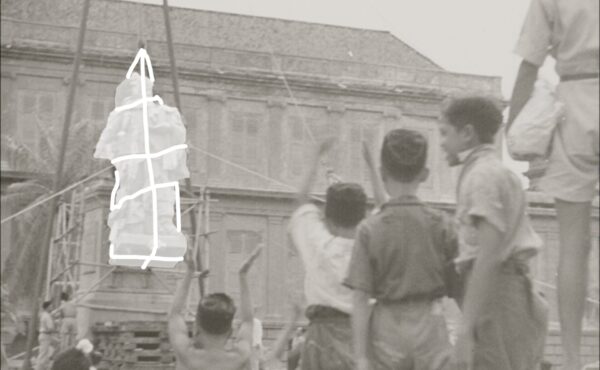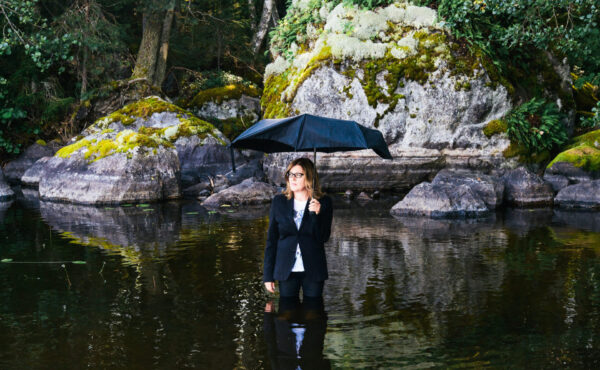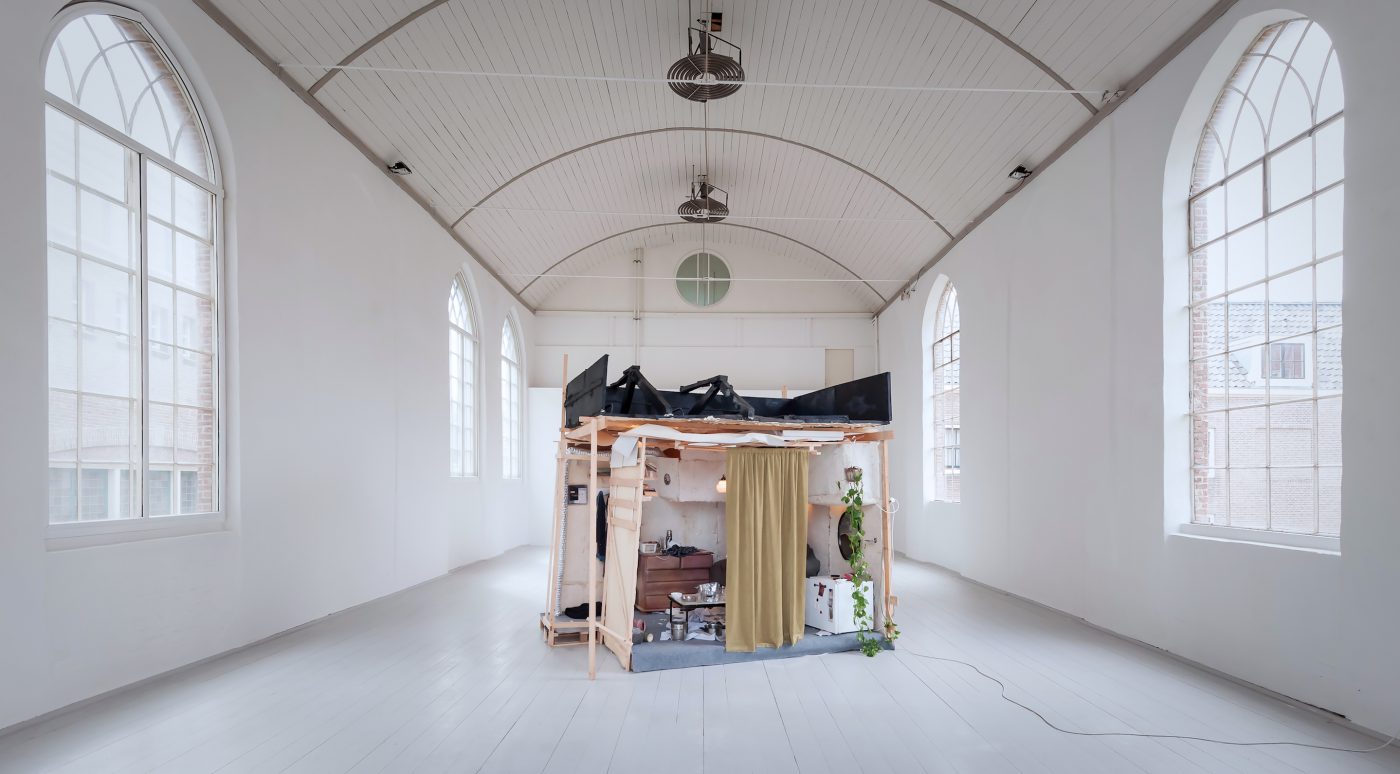
Constant Companion, installation view Hotel Maria Kapel, NL / 2021 / 273x330x230 cm / various materials / photo: Bart Treuren
Learning from non-human agents – visiting Minne Kersten’s Constant Companion at Hotel Maria Kapel
Projecting our human experiences upon what we see is a strategy to make sense of the world – but what happens if a non-human agent enters our domestic space? Do we feel estranged? Threatened? Or does it open new ways to think about those views we take for granted? Nele Brökelmann meets Minne Kersten at Hotel Maria Kapel in Hoorn, where her exhibition Constant Companion is on view until coming Friday.
Minne Kersten is an artist that researches simultaneously through making and reading. Narratives play an important role in her work and exhibitions, and even though writing is not a decisive medium for her, I would consider her installations and videos as another way of writing non-linear narratives. She is the first artist in residence for Hotel Maria Kapel’s current year program On Shelter. For her exhibition Constant Companion she has done in-depth research into grief, loss, and the symbolism that exists around black birds, through painting, sculpture, video and a collaboration with writer and artist Maria Barnas.
On entering the old chapel, I first walk up to a miniature of a residential house with trees around it, and a mysterious surface stretching out from beneath it. From underneath the model I can peek into the empty house, that without any further inside construction appears as an empty container.
“I was watching a lot of YouTube videos of guys making miniature sceneries,” explains Kersten. “I felt that those miniature worlds gave them a sense of control that might be lacking in the reality of our lives. I’m interested in the scale-model as a suggestion to reality. In my miniature I added an underneath space, that is a double of the building, in which I see a doubling of time. This work is based on the experience of walking through GoogleMaps. It has captured a specific time-frame that is not existing anymore, yet you can navigate through it – like a false re-activation of memory. The scale of a miniature speaks to me of the same relation to reality. A scenery as a constant reminder of a lost past and a metaphor for my psychic disconnection from this place, that I won’t be able to revisit and which haunts me.”
[blockquote]’I’m interested in the scale-model as a suggestion to reality. In my miniature I added an underneath space, that is a double of the building, in which I see a doubling of time’
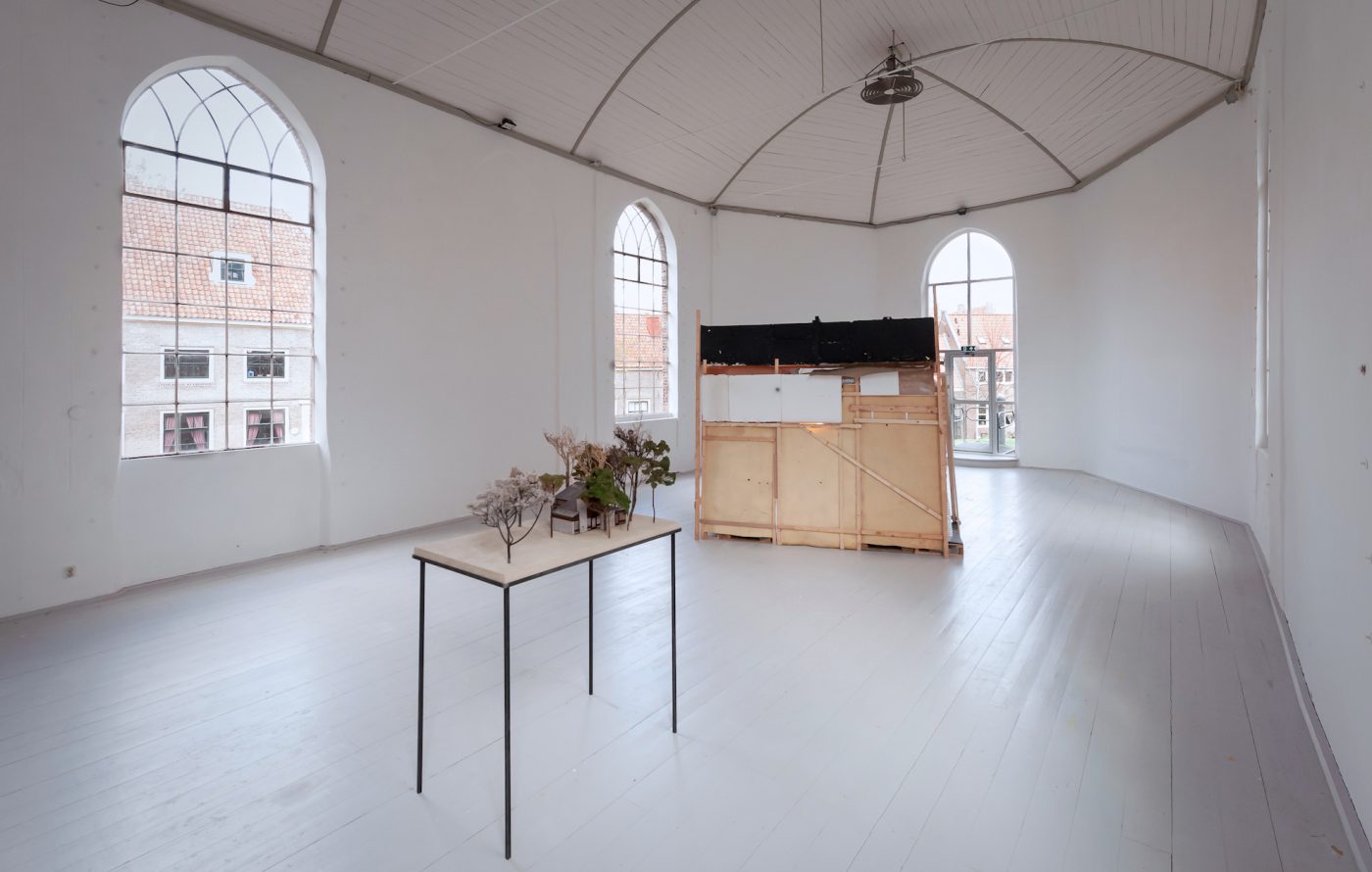
Constant Companion, installation view Hotel Maria Kapel, NL / 2021 / 273x330x230 cm / various materials / photo: Bart Treuren
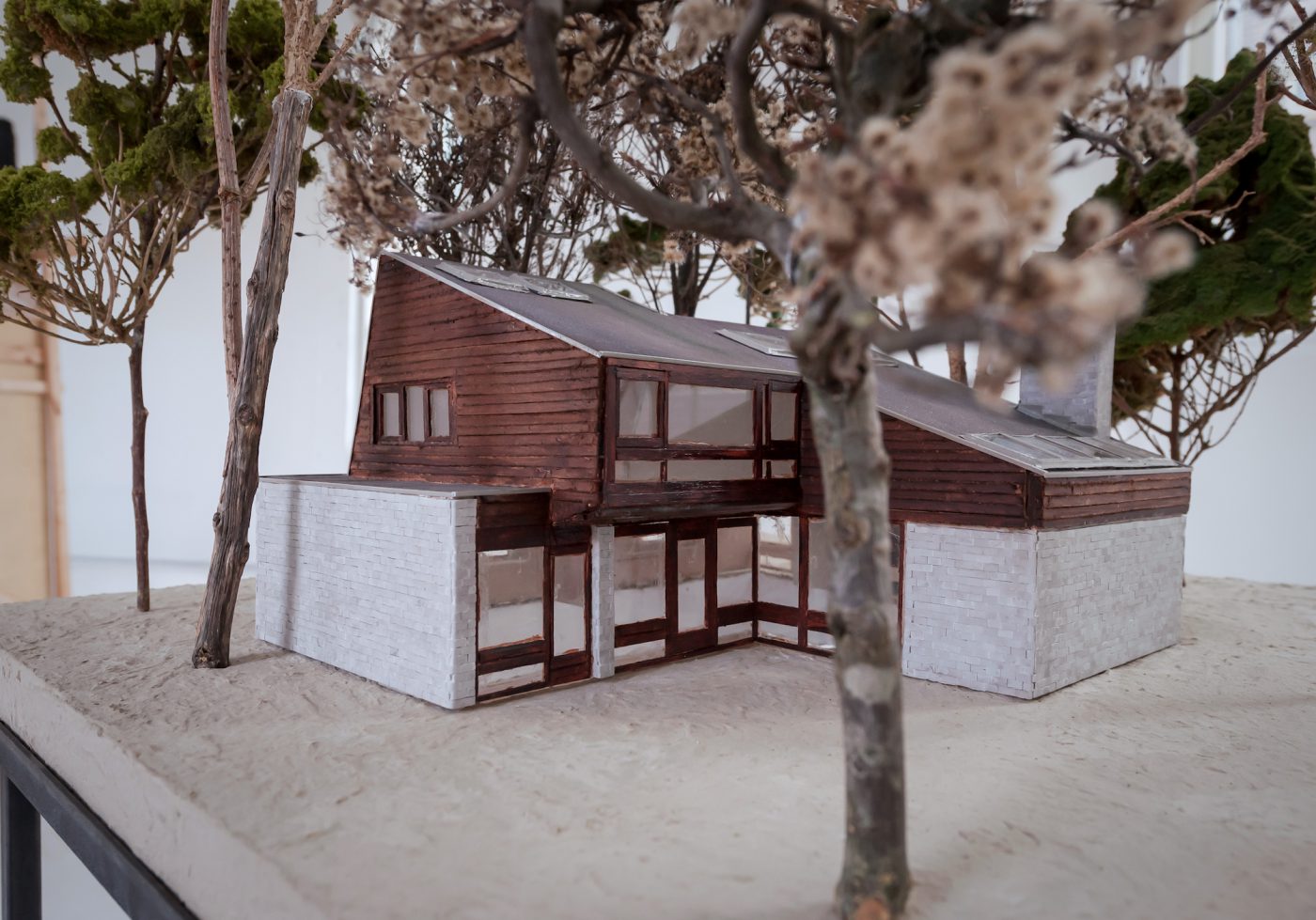
Place Memory / 2021 / 190x125x81 cm / various materials, metal frame/ photo: Bart Treuren
Kersten continues to describe the miniature as ‘a captured moment’ that one nevertheless cannot enter. She compares it to books: time capsules whose universe only becomes present when you open them. In her exhibitions, Kersten positions different elements in space. She sees them as unfolding narratives, aiming to address the visitors’ feelings before they start to draw conclusions. While the scenes Kersten presents are often domestic, she chooses to shift the attention to the surroundings, to the things we often do not consciously perceive in our daily go-abouts.
Kersten’s approach towards domestic elements becomes apparent when I walk up to a provisionally built construction in the back of the chapel. The building materials are visible: I can see wooden beams, a black thick material for the roof and the walls are made of thin foam sheets. Walking around it, a space inside the construction opens up. Ripped papers and dented pans are lying all over the floor, against one wall stands a drawer and against the other an armchair. There are stacked books on the shelf that seem to have been wet at some point, and a framed photograph of a side-walk collapsing into a black hole. It is chaotic, yet still I get the feeling that it has been a long time since anyone has lived here.
These seemingly temporary constructions are recurring elements throughout Kersten’s work. Having done research into DIY counter-cultures, for which she visited places in the US such as the Arcosanti community close to Phoenix, Arizona, Kersten is intrigued by the use of material of these groups. Some use discarded materials they find on the side of the road to build shelters. As a child Kersten would build huts in the woods: “I really love building and there is an intimacy and spontaneity to these huts that are sufficient enough to stay in them for a certain amount of time, until you eventually move on.”
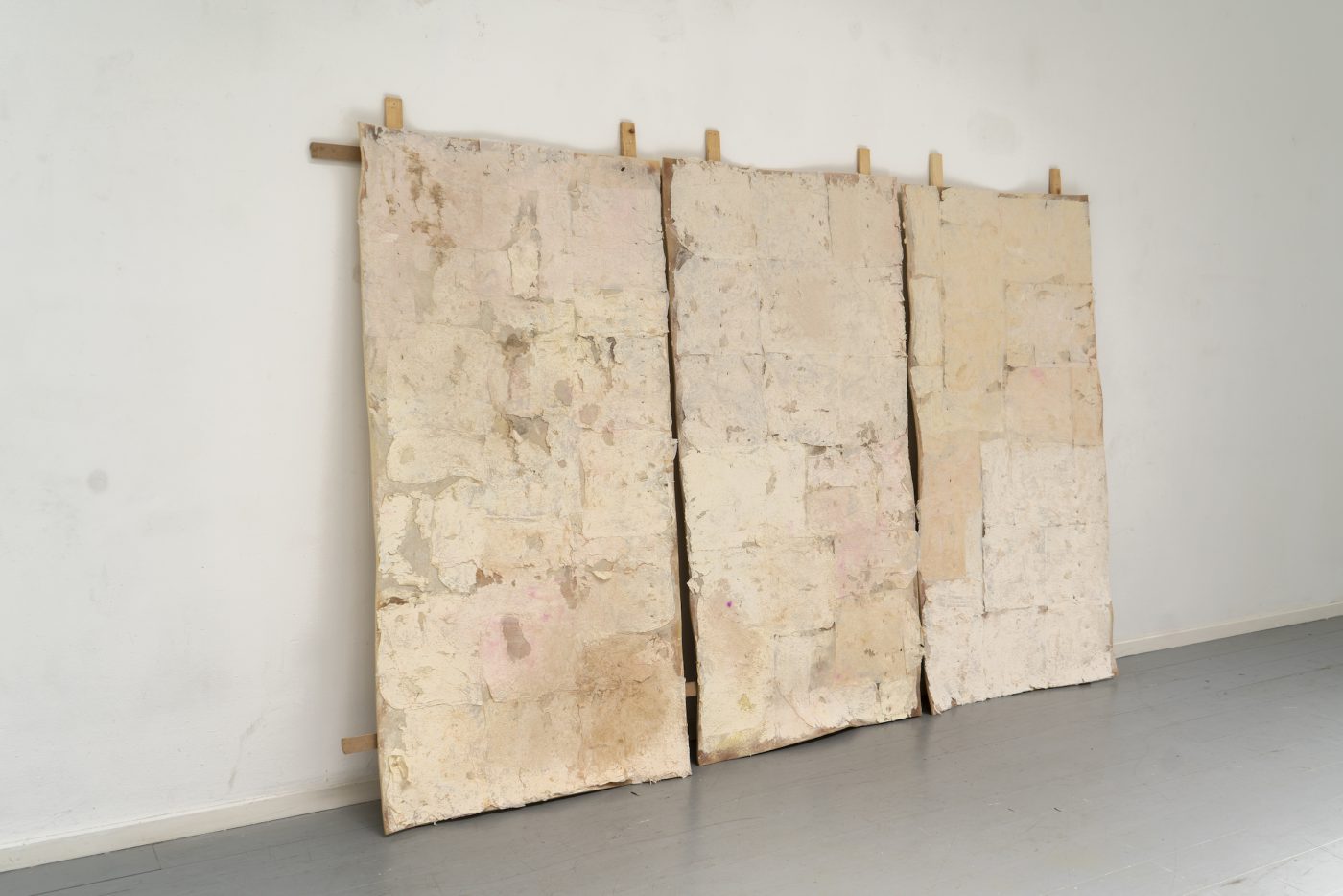
Walls / 2020 / 3 pieces of 200 x 60 cm / foam slab, tissues, texture paint, pigments
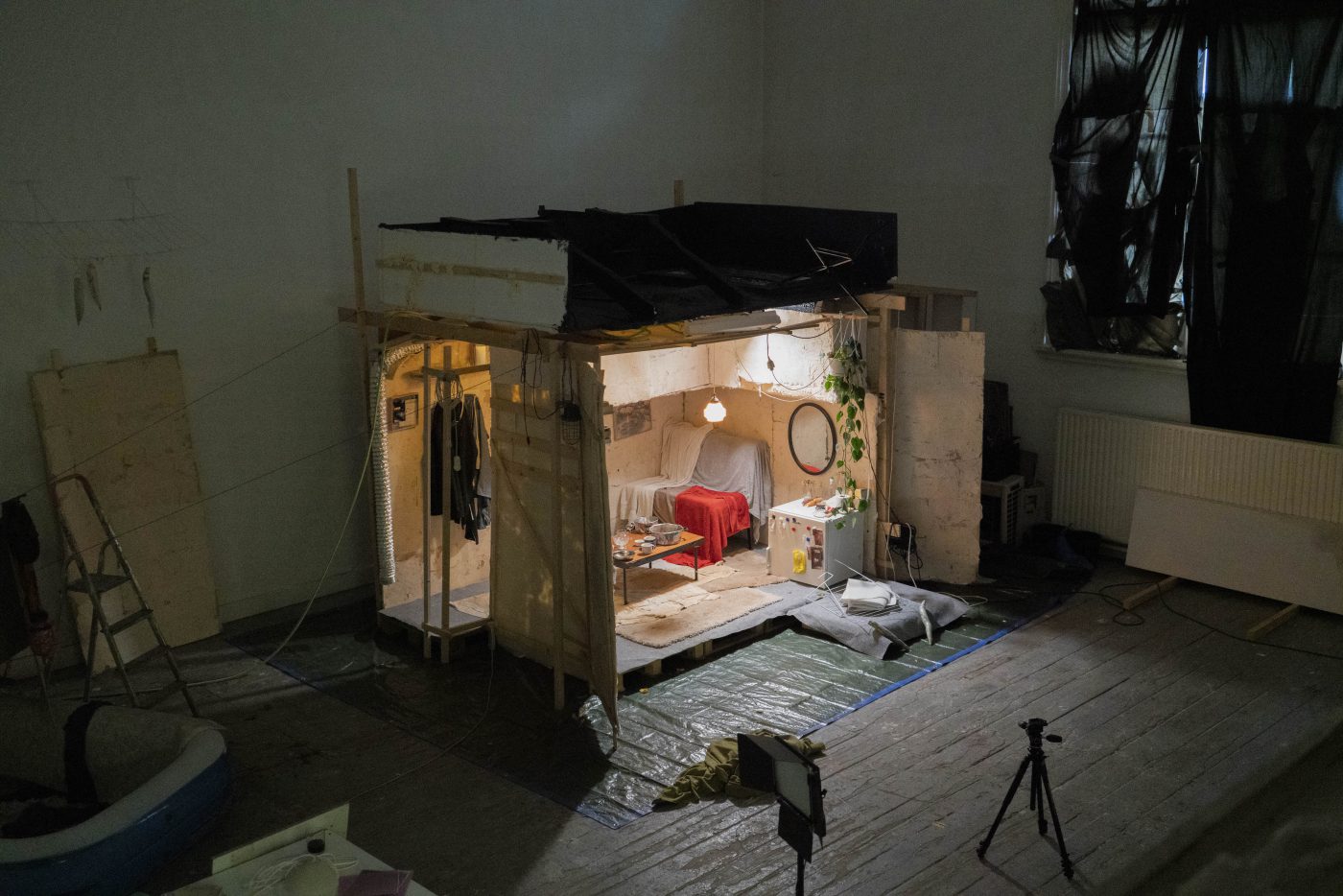
Studio view, de Ateliers, 2020
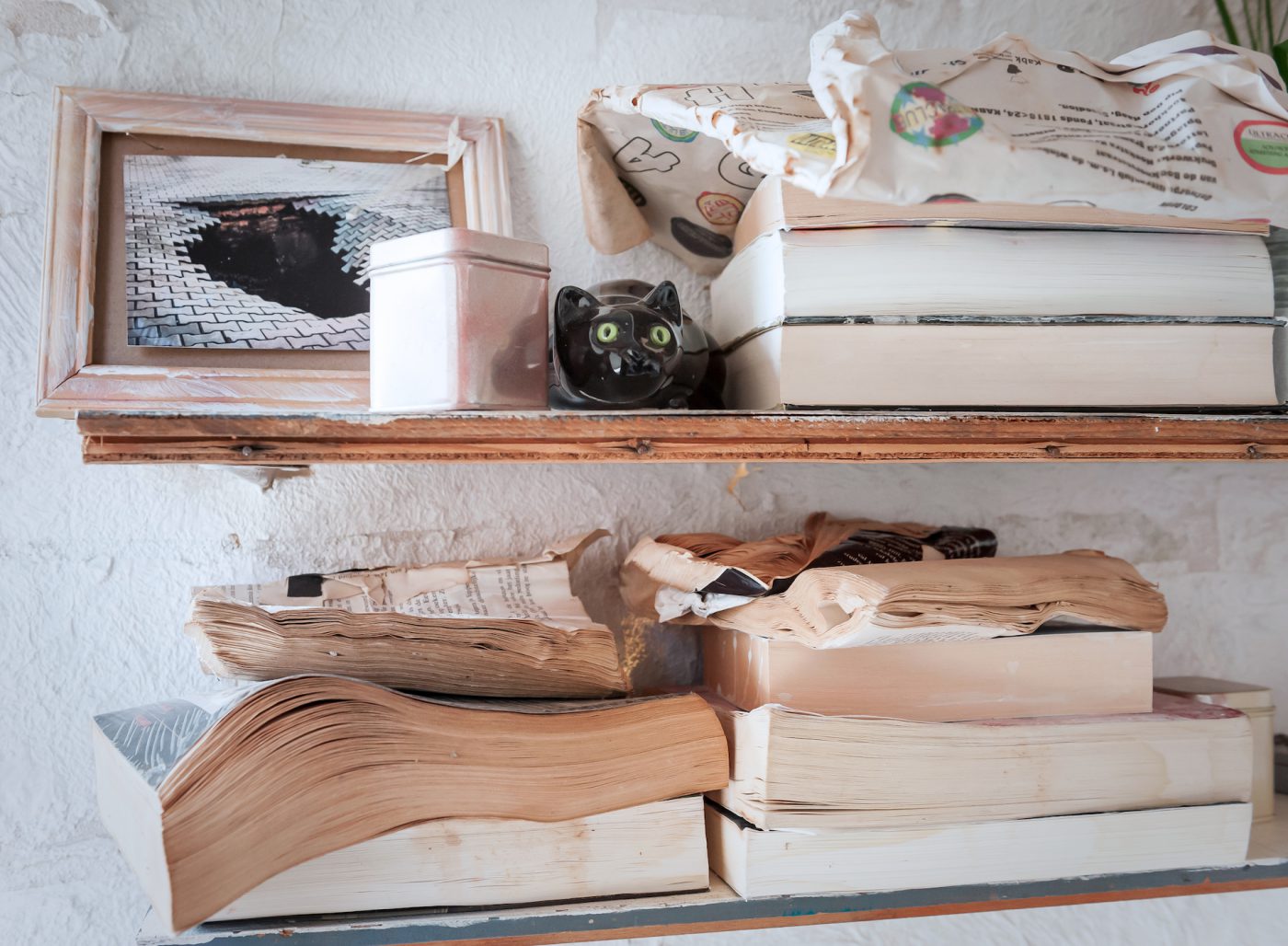
Constant Companion, installation view Hotel Maria Kapel, NL / 2021 / 273x330x230 cm / various materials / photo: Bart Treuren
The constructions Kersten builds for her work are either installations, in which her video works are embedded, or sets, used to produce these videos. Constant Companion is the first exhibition in which Kersten incorporated the film set into the exhibition. The space is a remodelling of the film set for the work Leak (2020) that she made during her time at De Ateliers (2018-2020) in Amsterdam. To start building, she needs at least one material that she made herself: in this case the two walls (a work on their own) are made by her. “The film-sets are an infrastructure for something to happen,” Kersten explains. By not working with scripts, Kersten wants to introduce an element of chaos, that in her view makes categorizations of what one is seeing and experiencing disappear. “For the video in this show, we closed off this set with curtains. Several cameras were installed and there was one camera-person inside. We just filmed and observed the raven in the space for four hours and then edited the video.” To find the right raven, Kersten had several online meetings with different ravens.
On my way back to the entrance I see two small paintings on the wall behind the miniature. One has a white foggy layer overlaying the image, looking from inside a space onto windows that show a faint image of people on the other side. The other one is more bright, showing a yellow parking lot on which black birds are gathering in a circle, surrounding another black bird that lies on its back.
The bright painting is called Crow’s Funeral, Kersten elaborates: “When humans observe a situation like that they usually think that the crows are grieving the one that has just died. While what they are actually doing is even more amazing! They are trying to figure out why the crow died to make a song about it, in order to pass on the knowledge about this particular danger.” Kersten seems to dive with great curiosity and interest for details into the topics she researches. I just wonder, how I, as a viewer, would have escaped interpreting the crows as grieving without her explanation? Grief and loss is an overall theme in this exhibition, in general Kersten’s works feel like in themselves encapsulated moments, as if they are reflecting a moment back in time or something that happens in the blind-spots of our human perception.
'The crows are trying to figure out why their fellow crow died to make a song about it, in order to pass on the knowledge about this particular danger”
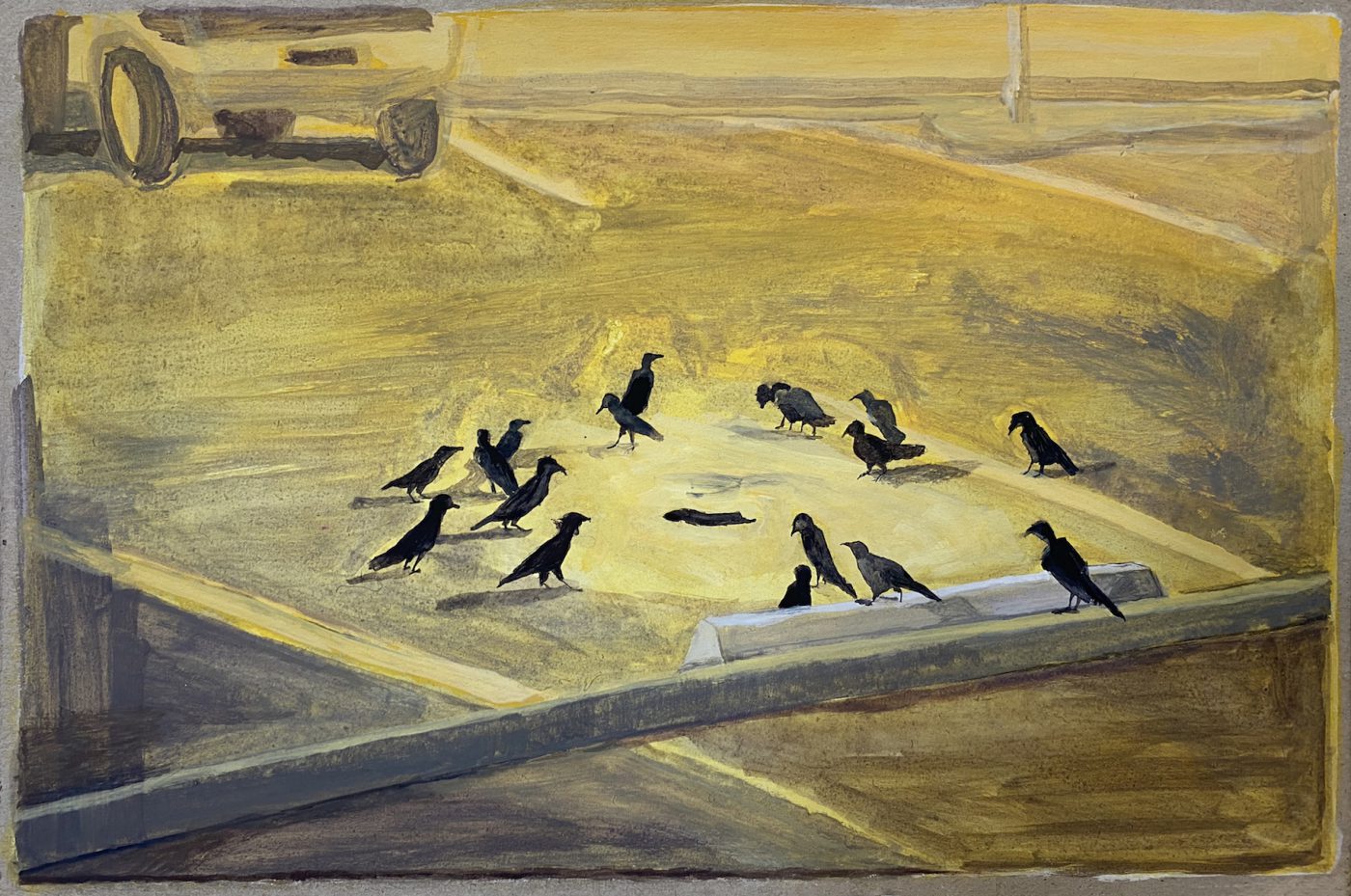
Crow’s Funeral / 2021 / gouache on cardboard / 30x20 cm
“As humans we cannot tell all the different aspects of one story, since we are not the only actors in the world.” Kersten continues to explain that birds are often hidden witnesses of events, looking into a space through a window or sitting in a tree. Purposely, Kersten plays with the human urge to create meaning by making sensible narratives from what they perceive and thereby aims to push the viewer into a direction that they would not take by themselves. Therefore, she brings in non-human agents, as the raven for example, or as in earlier video works, she addresses humans as material, rather than protagonists. “I think that the surroundings tell more about the story,” Kersten continues, “the things that live amongst us contain the presence of humans’ lives.”
I move on to the cinema in the basement where Kersten is showing the video with the raven as another element of the exhibition. I watch it twice, the sound of the raven’s feathers and feet and beak touching materials is brought to the foreground. At some points, the sound stops abruptly and I wonder if that is on purpose. Is it done to make myself aware of being a spectator or is it a production mistake? On the second watch I start thinking about what the raven is doing, tearing apart paper and plastic methodically, and even picking on the soft walls. I start projecting that that must be the raven’s way to explore a new environment. When I entered the exhibition I got handed an A4 with a poem by Maria Barnas, this is the first time I look at it: Of the raven reads the title. Leaving the cinema, I finally read the poem.
Kersten plays with the human urge to create meaning by making sensible narratives from what they perceive and thereby aims to push the viewer into a direction that they would not take by themselves
Kersten describes film as a sculptural medium. To explain this approach Kersten took her video work Leak (2020) as an example: “In that work steam and water play the main role. Sure, there is a person sitting in a chair in the space, but the scene might not be about them as a character. It is about a process of decay and disappearance, captured in the movement of continuous steam and the eroding influence the dripping water has on the space itself. These elements are very ephemeral but can be captured in all its dimensions through video.” Kersten used the same strategy for the video with the raven, using sound to focus the visitor’s attention on the movement of the bird and the materials it engages with.
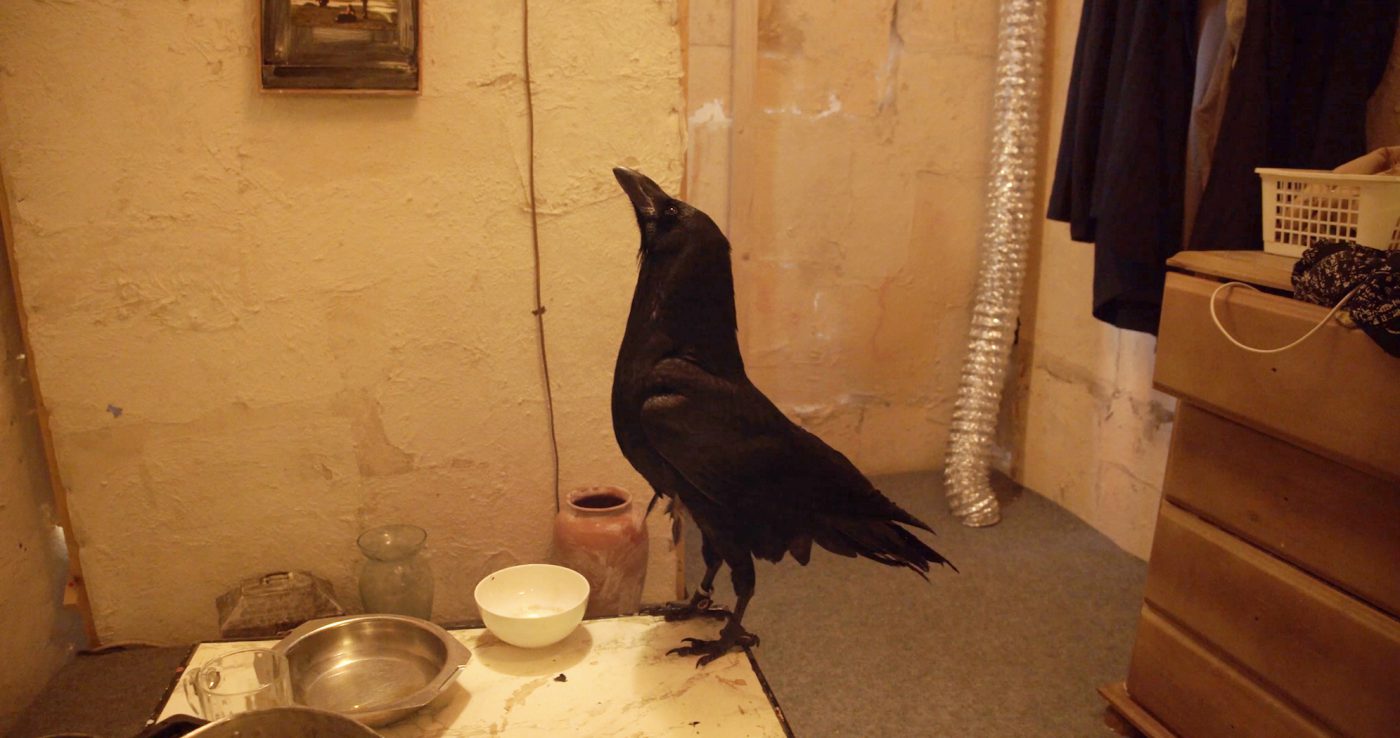
Constant Companion / 2021, 4K Video, 16:9, color, stereo, 7.48 min cycle
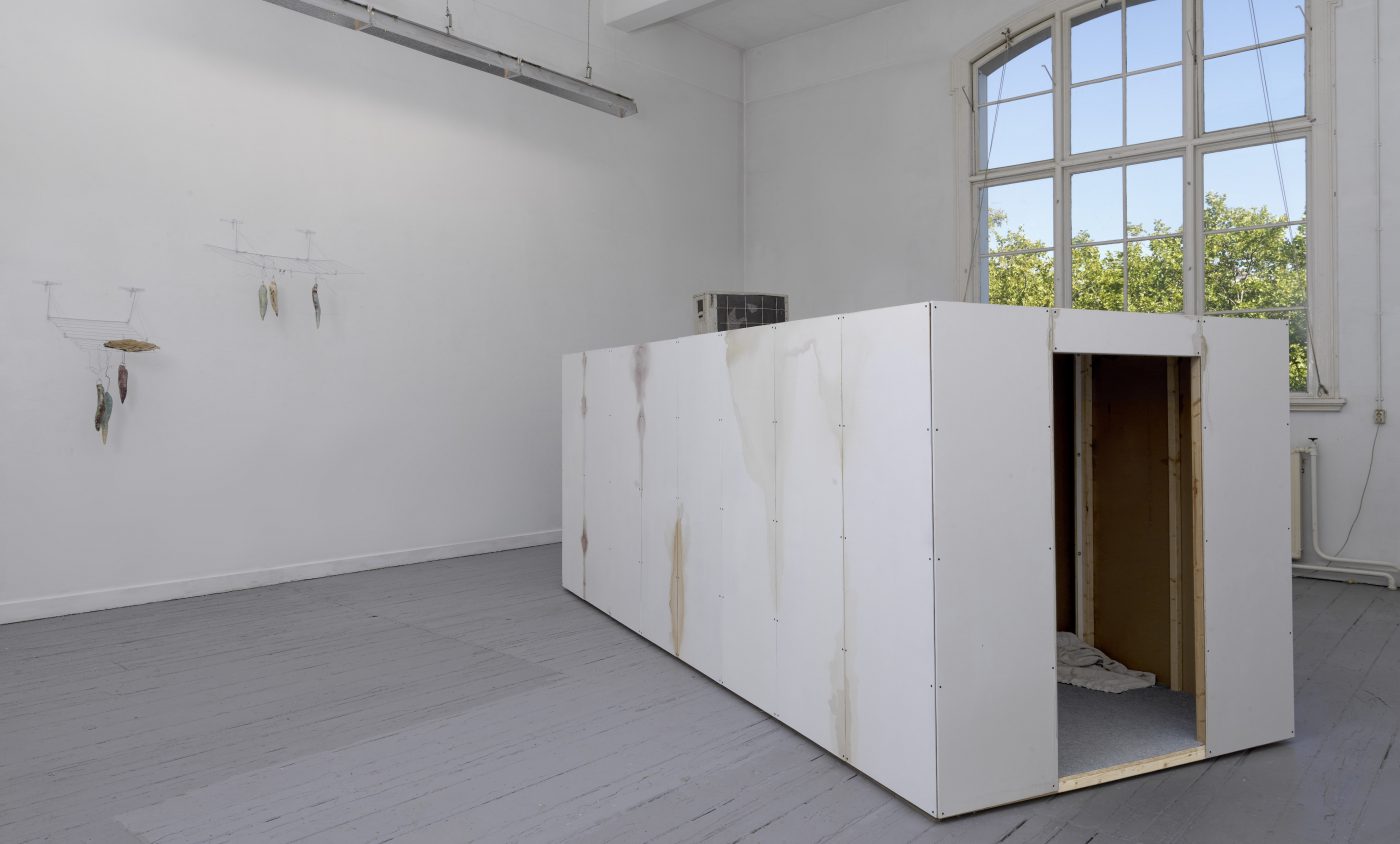
Leak / 2020 / 1 channel HD video, 4:3, color, stereo, 3 min. cycle / architectural environment / photo: Gert-Jan van Rooij
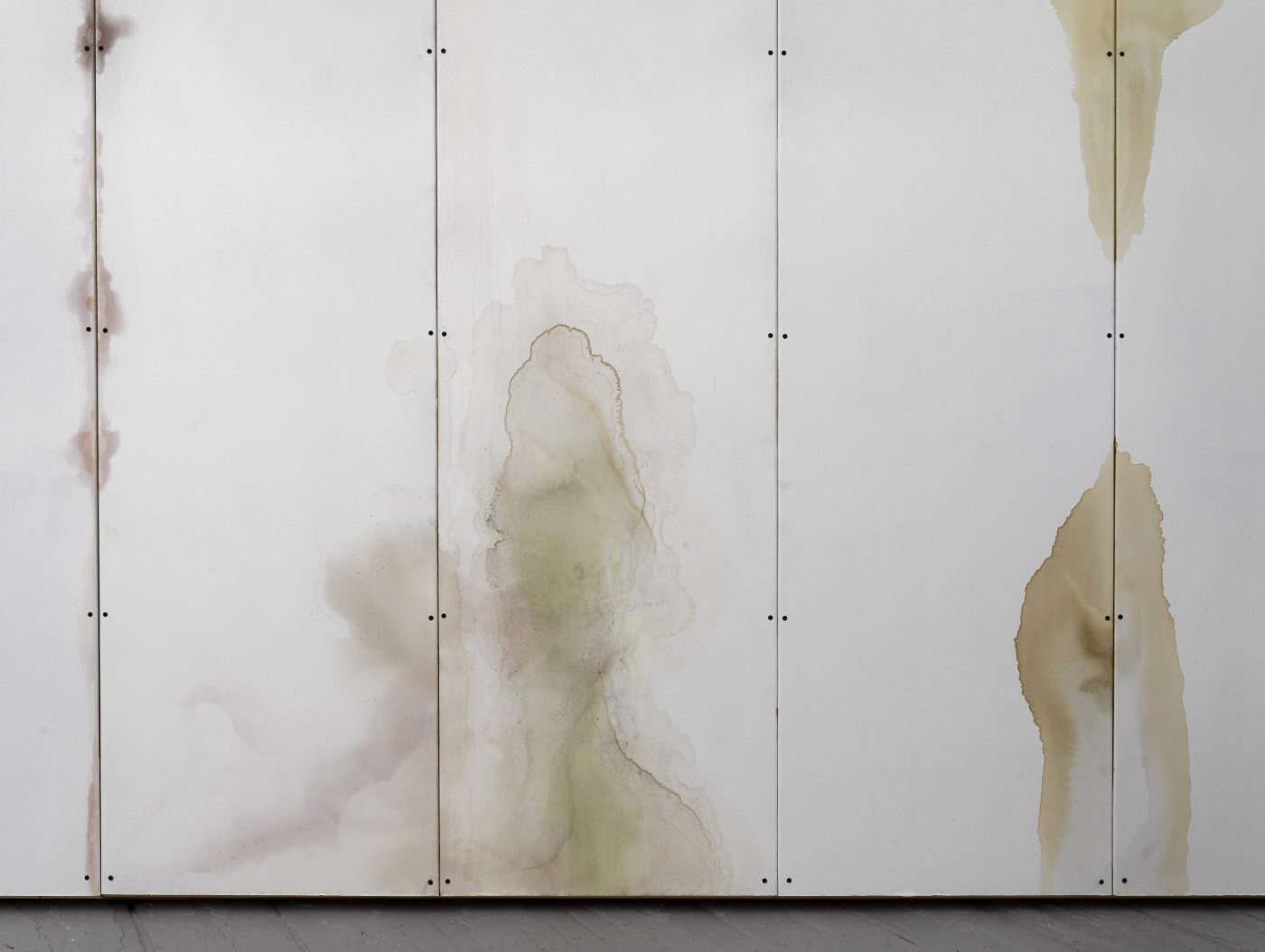
Leak / 2020 / 1 channel HD video, 4:3, color, stereo, 3 min. cycle / architectural environment / photo: Gert-Jan van Rooij
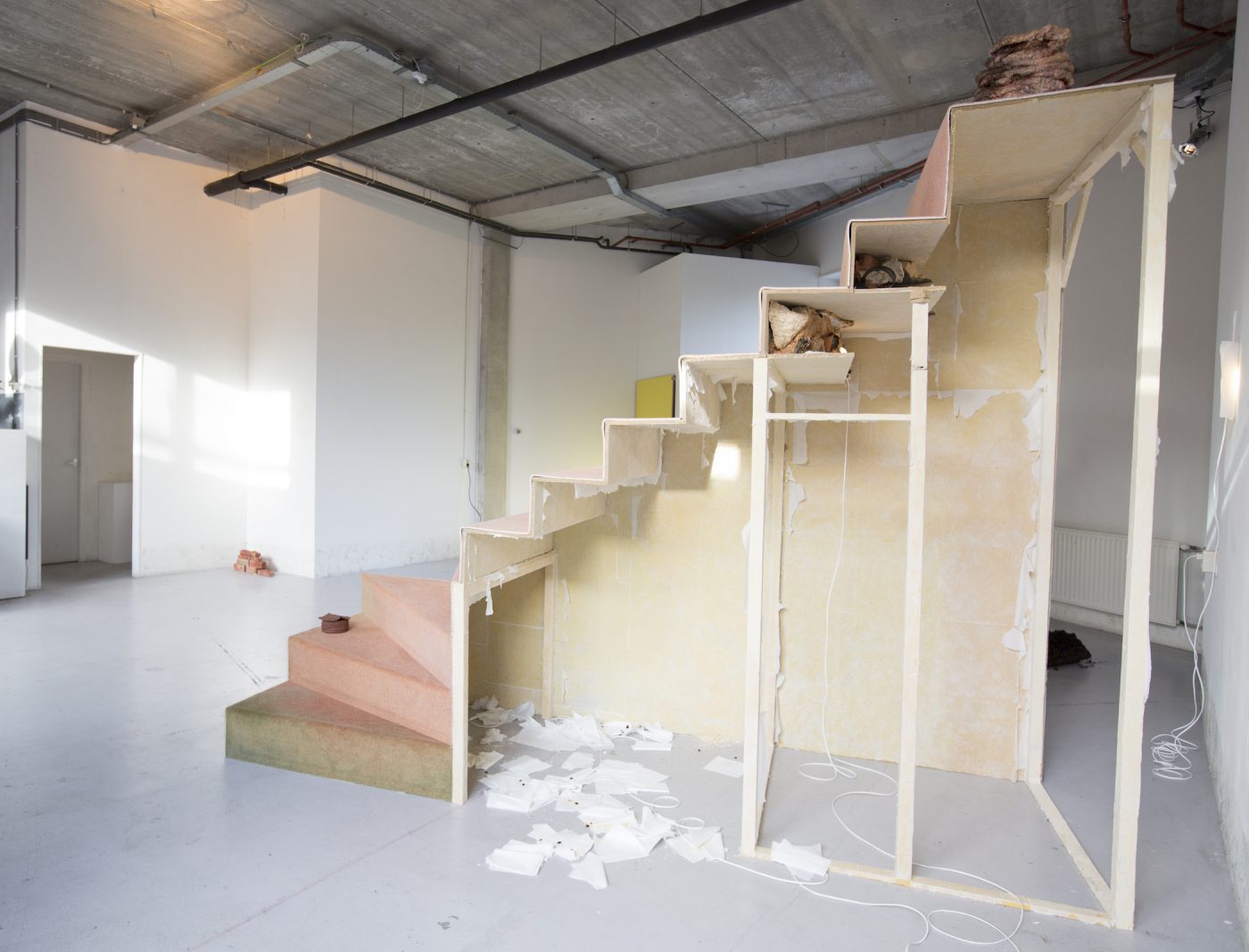
The Burrow / 2017 / 244 x 327 x 110 cm / various materials: wood, self designed print on carpet, acrylic kit, pigments, tissues, fired clay objects, foam / photo: Roos Quakernaat
Kersten has an interesting approach to materials: they often appear in her work dirty, forgotten or in a process of rotting. The seemingly moldy carpet in her work The Burrow (2017) actually has a designed pattern, which gives me the impression that certain parts of her works are very staged and that Kersten decides when and where the non-human agents may influence her set-ups. She often makes scale models for her larger works – the miniature displayed at the beginning of the exhibition is the first one to have become part of an exhibition. In her processes of script-less filming I can tell that she tries to make space for events and narratives to choose their own paths. Introducing elements such as water, wind, smoke, and a raven Kersten is trying to find a way to deal with the human urge to control natural elements. Kersten wants to invite those elements to co-exist and influence her set-ups in their own ways. Her visual language is very consistent, and I am curious if in the long-run Kersten will experiment more with literal elements, as the poem by Maria Barnas, that becomes yet another layer of the exhibition. The poem draws attention to the raven as an agent which often –even in this very exhibition– remains out of our view. It shows its power to defy our human strategies to categorize, thereby creating new meanings.
As humans we traditionally create meaning through self-constructed narratives around our observations and experiences, and the objects and materials we choose to surround ourselves with. In this case, the raven is engaging with the domestic space in its own way. What appears to me as a way of getting acquainted with its new surroundings can in fact be read as a very other kind of methodical behaviour. Kersten explains: “In case the raven finds something shiny it collects materials to cover it.”
Minne Kersten, Constant Companion, Hotel Maria Kapel, Hoorn, through 28.5.2021, INFO here
Nele Brökelmann
is beeldend kunstenaar